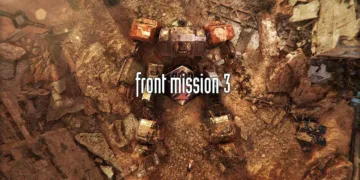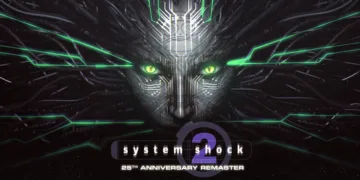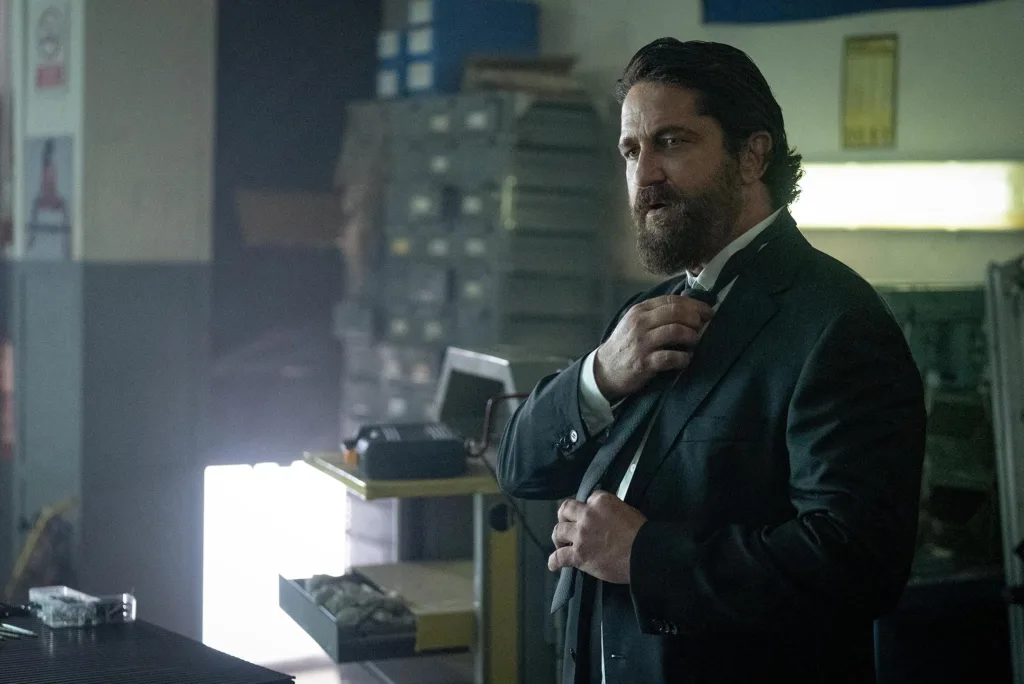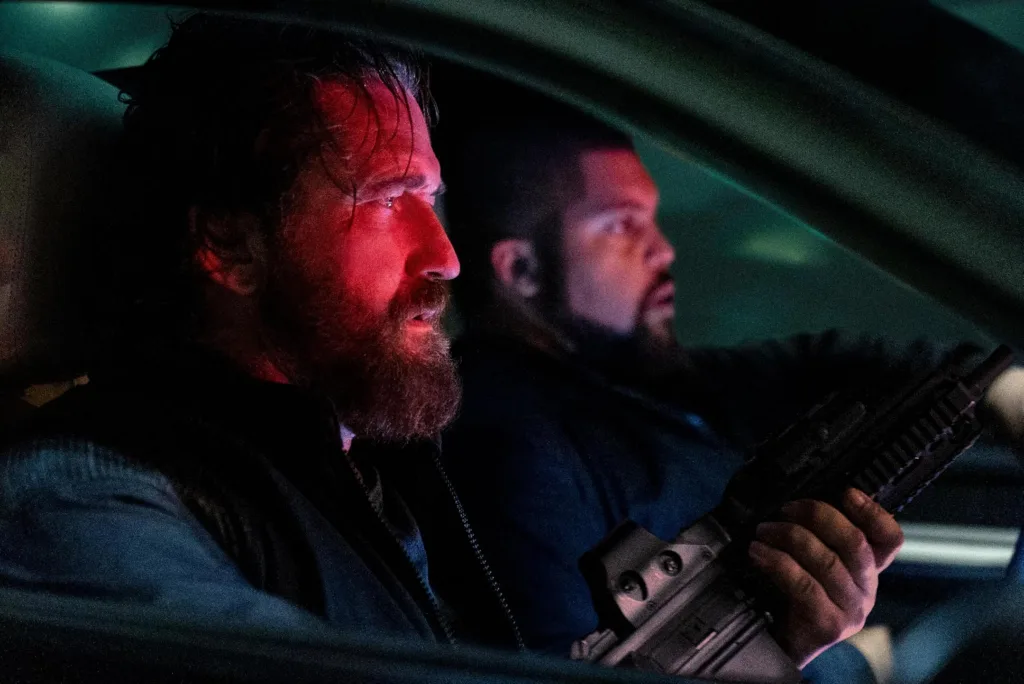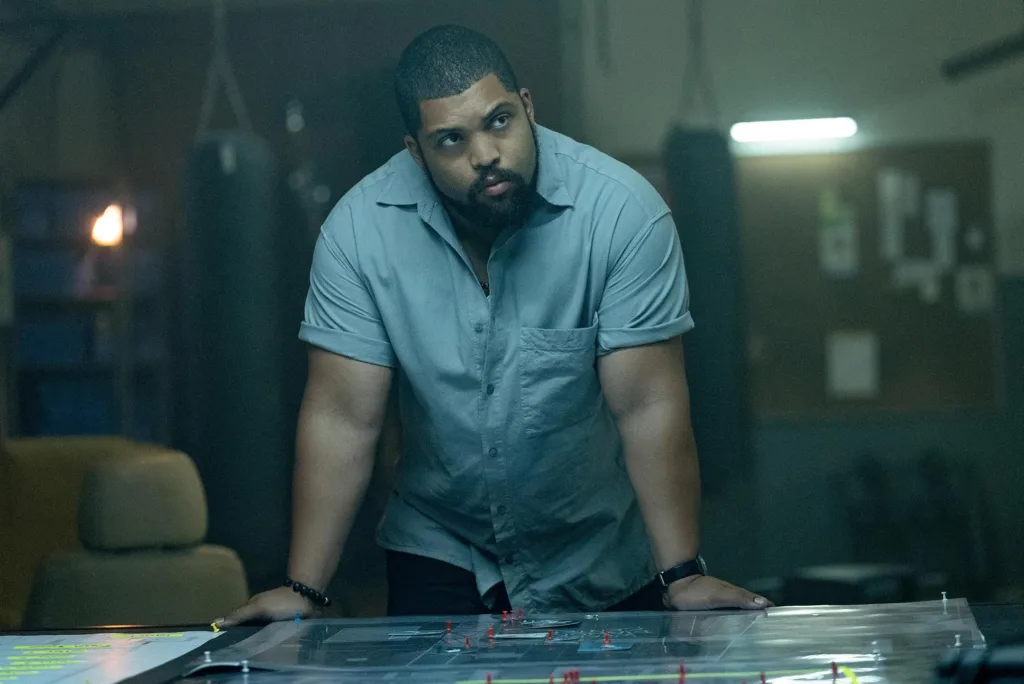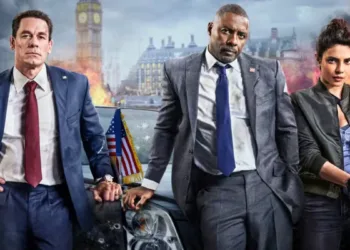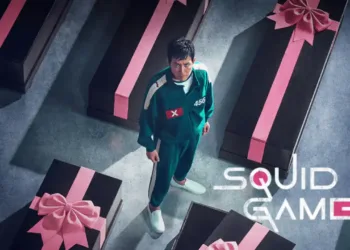“Den of Thieves 2: Pantera” is a sequel that neither begs for nor resists its existence. This movie occurs seven years after the first Den of Thieves (2018). It moves the morally ambiguous characters from Los Angeles to Europe, trading the rough industrial settings for sun-drenched coastlines and crumbling elegance. O’Shea Jackson Jr. reprises his role as Donnie, the cunning thief who tricked everyone in the first film. Gerard Butler returns as Big Nick, the sweaty, perpetually unhinged cop turned criminal. They make an odd pair in a story that’s less about the heist and more about the existential crisis of guys who have lost their morals.
The writer and director, Christian Gudegast, seems to enjoy making what could have been a simple action sequel into a thought experiment about loyalty, betrayal, and what it means to be a man in the 21st century. Panera feels like an intentional middle finger to the idea of “dump month” because it was released in January, a month Hollywood saves for films it doesn’t know what to do with. That film has the guts to ask: What if Heat took a trip to Europe and got drunk on cosmic dread?
The move from Los Angeles to Europe is more than just a change of scenery; it’s also a shift in the main idea. Nick, who is very American and can’t pronounce “croissant,” is a walking metaphor for a country trying to find its place in a world that is becoming increasingly globalized. Donnie, conversely, symbolizes how borders are eroding in the age of globalization thanks to his shifting identity. It’s admirable that Gudegast tried to add philosophical weight to a January action movie, even if the result is as messy as fun.
Plot and Storyline: The Art of Betrayal and the Illusion of Redemption
Men who are bad at their jobs—as cops, criminals, or even just as people—are the subject of the film “Den of Thieves 2: Pantera.” The plot follows Big Nick (Gerard Butler), who teams up with his ex-enemy, Donnie (O’Shea Jackson Jr.), to commit a diamond heist in Europe. In the background, the Italian Mafia adds an epic sense of danger to a story that is already very complicated. Their part in the story is more than just a plot device; it’s a reminder that everyone is both prey and predator.
In the film’s first scene, Donnie and his team, known as the Panthers, steal diamonds from a plane stuck at Antwerp airport. The rest of the film is characterized by high-stakes bets that feel carefully planned and completely unplanned. (Like the characters, actually.)
Nick’s change from Cop to Criminal is more of a horizontal move than a moral decline. Having lost his badge, wife, and almost all of his honor, he follows Donnie to Europe, saying he will bring him to justice. But in Nick’s world, the idea of fairness changes constantly. It’s unclear what drives him—part payback, part desperation, and part midlife crisis. It’s unclear if he’s playing a long con when he asks Donnie to join his team on the biggest heist ever, which will happen at the World Diamond Center in Nice. (Hint: It’s probably both.)
The last heist is a true masterclass in tension and silliness. The Panthers enter the Diamond Center by getting past laser lines, vault doors, and their lack of skill. It’s a metaphor for the modern world, where technology and human mistakes are locked in an endless cycle of mutual sabotage.
Although predictable, the turns in the film are still enjoyable. Nick’s true aims are revealed in a climactic showdown that feels both inevitable and slightly underwhelming. The final reveal—that Nick and Donnie’s partnership is built on mutual distrust—sets up a possible sequel. It’s not clear if anyone is screaming for Den of Thieves 3. Let’s hope it takes place in space if it does happen. Why not, right?
Characters and Performances: The Anatomy of Moral Ambiguity
Hugh Nick, played by Gerard Butler, is a walking contradiction. He is a man who sweats both testosterone and sorrow at the same time. Butler leans into the “Den of Thieves 2: Pantera” role with an unwavering dedication that borders on performance art. Nick is a cop who has lost his job, his family, and, most sadly, his sense of purpose. His gruff exterior hides a deep, almost existential sadness. Butler portrays him as a man constantly on the edge of a breakdown.
In one scene, he repeats Ice Cube’s “It Was a Good Day” to Donnie while drunk, which is both funny and sad. Nick’s journey from a police officer to a criminal is less of a story of forgiveness and more of a slow-motion falling apart. He’s not asking for forgiveness; he’s just trying to stay alive in a world that has forgotten about him. Butler’s performance is a masterclass in controlled chaos movie chaos, a reminder that there is room for subtlety even in a January action movie.
What a great contrast between Butler’s chaos and Donnie, played by O’Shea Jackson Jr. If you want to catch a thief, Donnie is the person to talk to. He is funny and smart at the same time. In the role, Jackson gives Donnie a sneaky, understated energy that makes him likeable and slightly scary. The film’s lifeblood is his connection with Butler, a strange, almost symbiotic relationship that swings between friendship and mistrust. (The scene at the shawarma shop late at night where they talk about their shared pain is great.) Jackson’s ability to show intelligence and frailty in Donnie makes his change from getaway driver to criminal mastermind feel real.
Although less developed, the secondary cast gives the film’s world more depth. Evin Ahmad does a great job as Jovanna, the Panthers’ leader, a dangerous and attractive character. That’s the kind of woman who can smile at you and pick your pocket while you’re not looking. Mafia members from Italy, led by the scary Matteo “The Octopus” Venzolasca, add a sense of old-world danger. In contrast, the French police add a dose of frustrating red tape. (Nick’s mangy-led efforts to pronounce “croissant” are a running gag that never quite works but somehow adds to the film’s charm.)
Each of these characters is trying to figure out what is right and wrong in their way, so the story is full of moral ambiguity. Pantera suggests that the real heist might be regaining a sense of identity in a chaotic world where the lines between heist and criminal are becoming increasingly blurry.
Setting and Atmosphere: Europe as a Character in the Heist
Instead of the rough industrial vibe of Los Angeles, “Den of Thieves 2: Pantera” shows Europe’s sun-soaked, falling-apart beauty. Flanders, Belgium, and Italy, the film’s places, are not just background details; they play an important role in the story. It’s more than just a matter of taste; the shift from L.A.’s concrete jungle to Europe’s old streets and coastal views is meaningful.
Pantera examines the tension between old-world glory and modern decay. In contrast, the first film reveled in the anonymity of urban sprawl. (Think of the rusty shipping yards in Marseille next to the fancy Diamond Center in Nice.) In this film, Europe is both a playground and a jail; it is a place where the past greatly influences the future.
The art style combines beautiful pictures like postcards and rough, realistic art. Director Christian Gudegast frames famous places in Europe, like the French Riviera and the countryside of Italy, with the eye of a tourist. Still, he also stays close to the gritty side of things, like dimly lit alleys, seedy nightclubs, and run-down rural houses. With its winding streets and cutting-edge security, the diamond district serves as a metaphor for the clash between old and new ways of doing things. Hacking a system as old as the stones it guards is part of the heist for a reason.
It’s important to pay attention to the details. No matter where you are, from the smoky rooms of Italian crime hideouts to the clean, modern Diamond Center, every place feels real and lived-in. This isn’t just a heist movie; it’s a tour of the criminal underworld, with a story for every curb and café table. Europe isn’t just a place in Pantera; it’s a character that gives a story that’s mostly the same depth and color.
Action and Heist Sequences: The Mechanics of Mayhem
Den of Thieves 2: Pantera’s heist is less about the loot and more about how to get it. A masterclass in tension and absurdity, the planning and execution of the diamond heist at the World Diamond Center in Nice. To get inside the fortress-like institution, the Panthers, led by Donnie (O’Shea Jackson Jr.), use a mix of high-tech gadgets and old-fashioned strategy. (Think Mission: Impossible meets Ocean’s Eleven but with a darker sense of existential fear.)
The heist depends on hacking into the center’s security system, which comprises 137 cameras that switch between feeds in what looks like a random way. With laser grids, vault doors, and their lack of skill, the crew has to get through an exciting and slightly silly sequence. It’s a metaphor for the modern world. Technology and human mistakes are locked in an endless cycle of mutual sabotage in this place.
You can feel the tension thanks to director Christian Gudegast’s careful attention to detail. From the first reconnaissance to the final break-in, every part of the heist is done with surgical accuracy. (“or at least as precisely as a group of criminals can manage.”) The film builds tension slowly, focusing on the small details of the plan and the problems that are bound to come up. It serves as a reminder that the devil is in the details in both heist films and real life.
A memorable scene is the car chase sequence in the French hills. Nick and Donnie are trying to escape the cops and the Italian Mafia. It’s a fun mix of speed, strategy, and stupidity. The choreography is flawless as the cars speed through tight mountain roads and tunnels in a ballet of destruction. Nick, always the realist, even uses a baguette as a weapon. Certainly.) A perfect representation of the film’s tone, the sequence is exciting and slightly ridiculous.
The film is a work of art in every way. Practical effects and stunts take center stage in this age, giving the action an intense, realistic feel. There are sharp cuts in the cutting that make things more intense without losing their clarity. Even though the pacing isn’t always smooth, it keeps the audience on edge as the story builds to a satisfyingly chaotic end.
Direction and Cinematography: Crafting Chaos with Precision
A study in managed chaos, “Den of Thieves 2: Pantera,” is directed by Christian Gudegast. He balances the film’s fast-paced action and quiet reflection, giving the characters, especially Big Nick and Donnie, a chance to breathe. The heist scenes are a clear example of Gudegast’s attention to detail; every camera angle and cut feels planned, which raises the tension without losing clarity. It’s also amazing how he uses European settings. For example, the French Riviera and the countryside of Italy become characters in their own right. (Nick stumbles through a sunny vineyard in a beautiful and ridiculous scene, just like the film.)
The great photography, led by an uncredited but skilled DP, is a treat to the eyes. While tight close-ups during the heist scenes emphasize claustrophobia and urgency, the film’s use of natural lighting and wide shots captures the grandeur of its European locations. Gudegast respects classic heist films like Heat and Ronin by paying close attention to age and morally gray characters. Still, he also creates his unique visual style. (Think Heat on vacation in Europe with a pinch of cosmic dread.)
Both the song and the sound design stand out. The music, a mix of pulsing electronic beats and orchestral swells, adds to the heist’s tension and atmosphere. From the clink of diamonds to the roar of engines during the car chase, sound design is used very well. The film’s expert use of every tool at its disposal keeps the audience on edge.
The Review
Den of Thieves 2: Pantera
"Den of Thieves 2: Pantera" is a flawed but interesting follow-up that rises above its January action movie roots with sharp direction, stunning visuals, and an unexpectedly philosophical undertone. The film's exploration of moral ambiguity, led by Gerard Butler and O'Shea Jackson Jr.'s electric chemistry, makes it a compelling watch even though its plot occasionally borders on the ridiculous. This is a heist movie with diamonds and car chases. Still, it's also about identity and having a crisis of faith. It's not perfect, but it's good.
PROS
- Gerard Butler and O’Shea Jackson Jr.’s compelling chemistry.
- Stunning European locales and cinematography.
- Tense, well-executed heist sequences.
- A philosophical undertone exploring moral ambiguity.
- Strong direction and attention to detail by Christian Gudegast.
CONS
- Overly convoluted plot with predictable twists.
- Some action scenes feel drawn out or unnecessary.
- Supporting characters lack depth.
- Occasional tonal inconsistencies (shifting between gritty drama and absurd humor).
- The film’s length (144 minutes) may test patience.

































